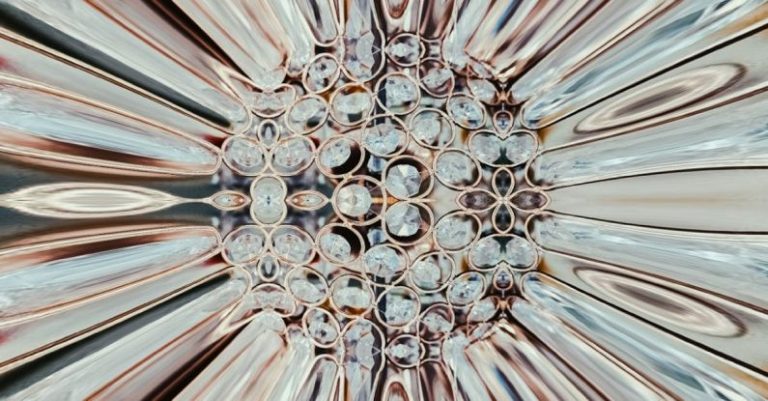Can Minimalism in Design Help Reduce Stress?

In today’s fast-paced world, the concept of minimalism in design has gained significant attention for its potential to reduce stress and promote a sense of calm and clarity in our everyday lives. The idea of minimalism is not just limited to decluttering physical spaces but also extends to digital design, lifestyle choices, and overall mindset. By simplifying our surroundings and focusing on what truly matters, minimalism can have a profound impact on our well-being. Let’s delve into how embracing minimalism in design can help alleviate stress and create a more harmonious environment.
The Power of Simplicity
At its core, minimalism is about embracing simplicity and removing excess distractions from our lives. In design, this translates to clean lines, uncluttered spaces, and a focus on essential elements. By eliminating unnecessary visual noise, minimalistic design allows our minds to relax and process information more efficiently. In a world inundated with constant stimuli, a minimalist approach can provide a much-needed respite and create a sense of order and balance.
Clutter and Stress
Research has shown a direct correlation between clutter and stress levels. A cluttered environment can lead to feelings of overwhelm, anxiety, and a sense of being out of control. When our physical surroundings are chaotic and disorganized, it can negatively impact our mental well-being. By adopting a minimalist approach and intentionally curating our spaces, we can reduce the visual clutter that bombards our senses and create a more serene atmosphere conducive to relaxation and focus.
Digital Minimalism
In the age of technology, our digital devices often contribute to feelings of stress and overwhelm. Constant notifications, multiple tabs open, and a never-ending stream of information can leave us feeling drained and distracted. Digital minimalism advocates for simplifying our digital lives by decluttering our screens, organizing files, and limiting distractions. By streamlining our digital environment, we can enhance productivity, improve focus, and reduce the mental burden of information overload.
Embracing Mindful Consumption
Minimalism extends beyond design and encompasses a mindset of intentional living and mindful consumption. By being more conscious of our purchasing habits and focusing on quality over quantity, we can reduce waste, save money, and cultivate a greater appreciation for the things we truly value. Minimalism challenges us to question our consumerist culture and reevaluate our priorities, leading to a more fulfilling and sustainable way of life.
Creating Calm Through Design
The aesthetics of our surroundings play a significant role in shaping our mood and mindset. A cluttered and chaotic environment can evoke feelings of stress and unease, while a minimalist and well-designed space can promote a sense of calm and tranquility. Minimalist design principles such as ample natural light, neutral color palettes, and uncluttered surfaces can create a soothing atmosphere that fosters relaxation and mental clarity. By intentionally designing our spaces with minimalism in mind, we can transform our homes and work environments into havens of peace and serenity.
Mindful Living in a Fast-Paced World
In a society that often glorifies busyness and material possessions, embracing minimalism offers a counterbalance to the frenetic pace of modern life. By simplifying our surroundings, decluttering our minds, and focusing on what truly matters, we can cultivate a deeper sense of contentment and well-being. Minimalism challenges us to let go of excess baggage, both physical and emotional, and embrace a more mindful and intentional way of living. Ultimately, by incorporating minimalist principles into our design choices and lifestyle habits, we can reduce stress, enhance our quality of life, and create spaces that nurture our overall well-being.
In conclusion, minimalism in design has the power to transform our lives by promoting simplicity, reducing clutter, and fostering a sense of calm and clarity. By embracing minimalist principles in our environments, both physical and digital, we can create spaces that support our well-being and enhance our overall quality of life. Through intentional living, mindful consumption, and a focus on what brings us joy and fulfillment, we can harness the transformative potential of minimalism to reduce stress and create a more harmonious and peaceful existence.





